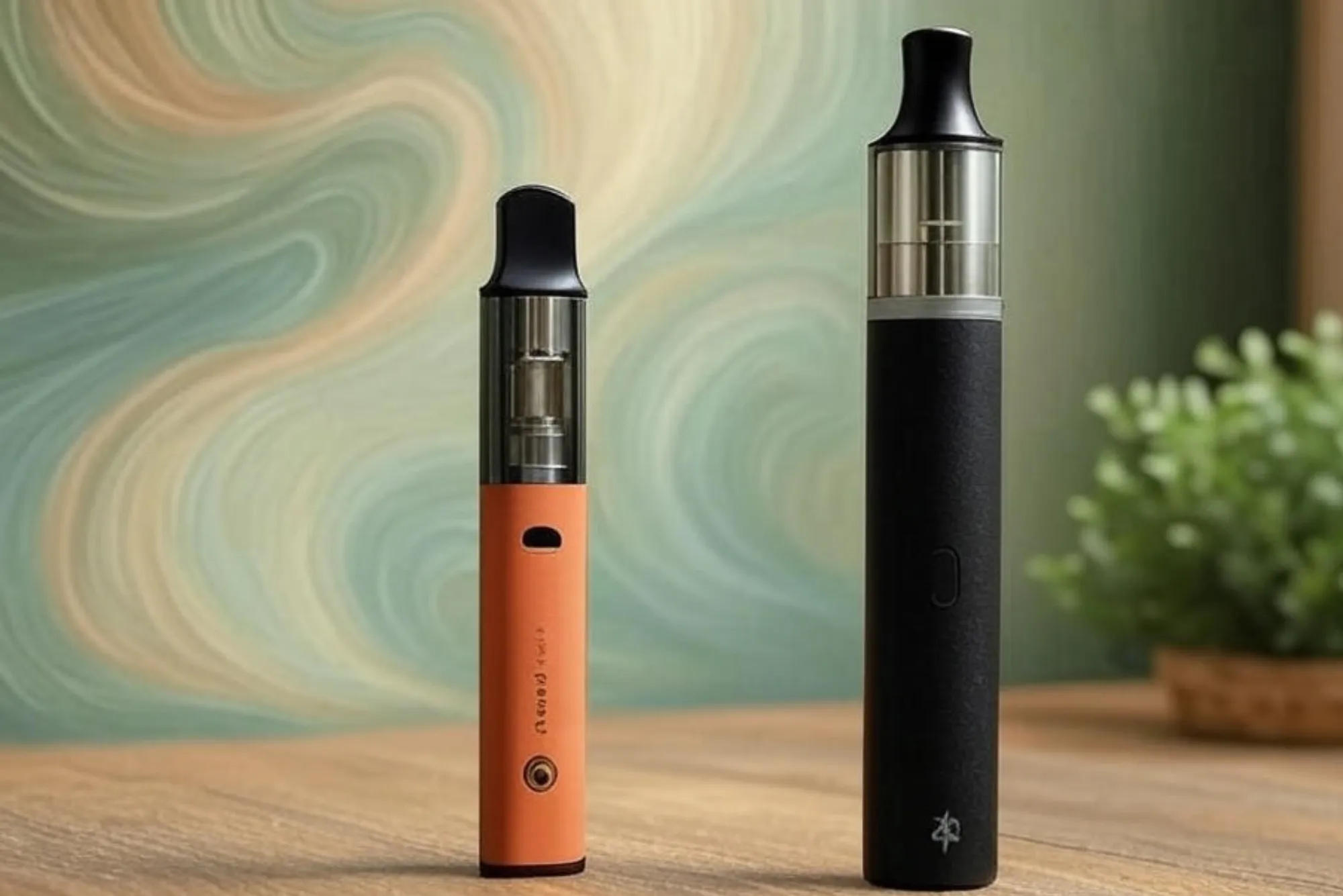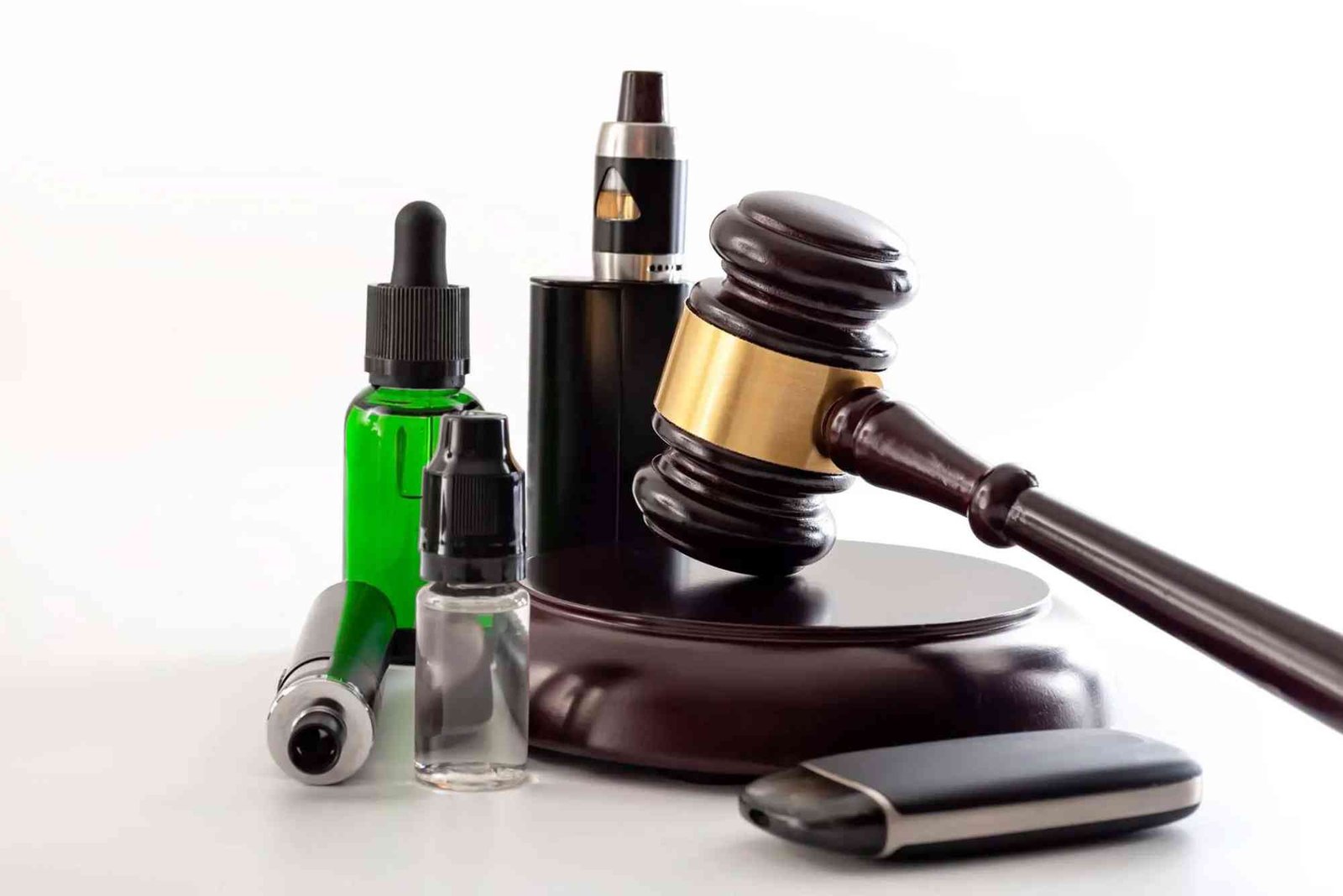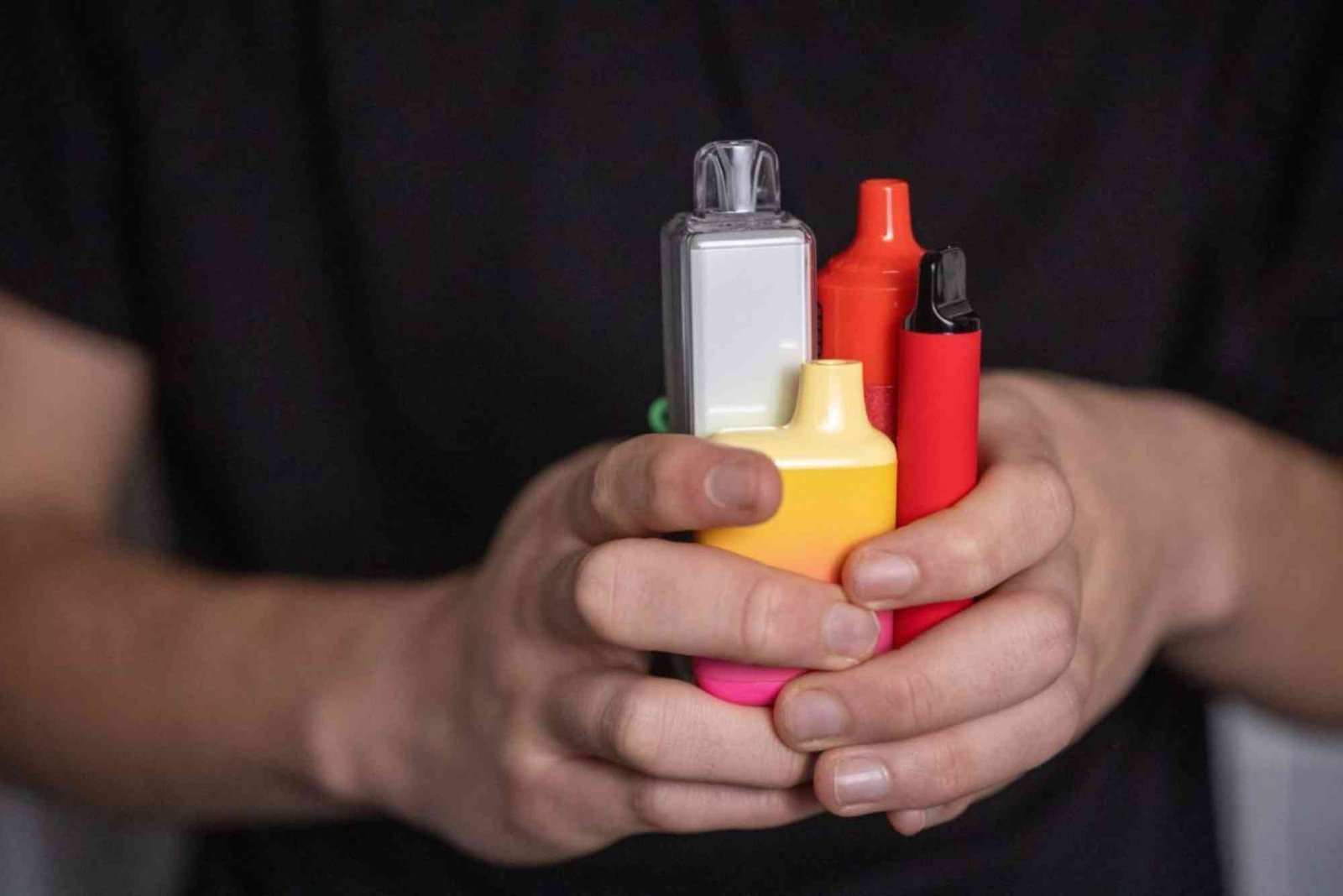Should Vapers Worry About Ohm’s Law for Vaping?
If you’re venturing into the world of vaping, especially with rebuildable atomizers or mechanical mods, understanding Ohm’s Law is crucial. This fundamental principle of electrical engineering governs how voltage, current, and resistance interact in your vaping device. A solid grasp of Ohm’s Law ensures not only optimal performance but also safety.
What Is Ohm’s Law?
Ohm’s Law is a basic equation in electrical engineering that defines the relationship between voltage (V), current (I), and resistance (R):
I = V / R
- Voltage (V): The electrical potential difference, measured in volts.
- Current (I): The flow of electric charge, measured in amperes (amps).
- Resistance (R): The opposition to current flow, measured in ohms (Ω).
In vaping, this law helps determine how much current flows through your coil, which directly affects power output and heat generation.
Why Should Vapers Care About Ohm’s Law?
Ensuring Battery Safety
Understanding Ohm’s Law is vital for battery safety. If the resistance of your coil is too low, it can draw more current than your battery can safely supply. This can lead to overheating, battery failure, or even explosions. Using a coil with a resistance lower than the battery’s Continuous Discharge Rating (CDR) can be hazardous.
Optimizing Vaping Performance
By applying Ohm’s Law, you can calculate the optimal resistance for your desired wattage. This ensures that your device operates efficiently, providing the best flavor and vapor production without overstraining the battery.
Preventing Overheating and Coil Damage
Excessive current can cause your coil to overheat, leading to burnt hits and reduced coil lifespan. By understanding the interplay between voltage, current, and resistance, you can avoid such issues and prolong the life of your equipment.
How to Apply Ohm’s Law in Vaping
Calculating Current
To determine the current drawn by your coil, use the formula:
I = V / R
For example, with a 3.7V battery and a 0.5Ω coil:
I = 3.7V / 0.5Ω = 7.4A
Ensure your battery’s CDR exceeds this current to maintain safety.
Determining Power Output
To find the power (wattage) your coil will produce, use:
P = V² / R
Using the previous example:
P = 3.7² / 0.5 = 13.69W
This calculation helps in selecting the appropriate wattage for your coil, balancing vapor production and flavor.
Adjusting for Desired Effects
If you prefer more vapor, you might opt for a lower resistance coil. However, this requires a battery capable of handling higher currents. Conversely, a higher resistance coil will draw less current, producing a cooler vape with less vapor.
Real-World Example
Imagine you’re using a mechanical mod with a fully charged 4.2V battery and a 0.3Ω coil:
- Current (I): 4.2V / 0.3Ω = 14A
- Power (P): 4.2² / 0.3 = 58.8W
If your battery’s CDR is 20A, this setup is safe. However, if the CDR is only 15A, this configuration could be dangerous.
While understanding Ohm’s Law For Vaping might seem daunting, it’s essential for safe and optimal vaping. By applying these principles, you can tailor your vaping experience to your preferences while ensuring the longevity and safety of your equipment. If you’re new to vaping or looking to delve deeper into coil building and battery safety, consult experienced vapers or reputable vape shops for guidance.
FAQs
Q1: What is sub-ohm vaping?
Sub-ohm vaping refers to using coils with a resistance of less than 1Ω. This allows for higher power output, producing more vapor and flavor. However, it requires batteries with a higher CDR to ensure safety.
Q2: How do I know if my battery is safe for my coil?
Check your battery’s CDR and compare it to the current your coil will draw. For example, a 0.3Ω coil at 4.2V draws 14A; ensure your battery’s CDR exceeds this value.
Q3: Can I use any coil with my device?
Not all coils are compatible with every device. Always check your device’s specifications and ensure the coil’s resistance and material are suitable for your setup.
Q4: What happens if I use a coil with too low resistance?
Using a coil with too low resistance can draw more current than your battery can safely supply, leading to overheating, battery failure, or even explosions.
Q5: Is Ohm’s Law only for advanced vapers?
While advanced vapers often delve deeper into Ohm’s Law, understanding its basics is beneficial for all vapers to ensure safety and optimal performance.








